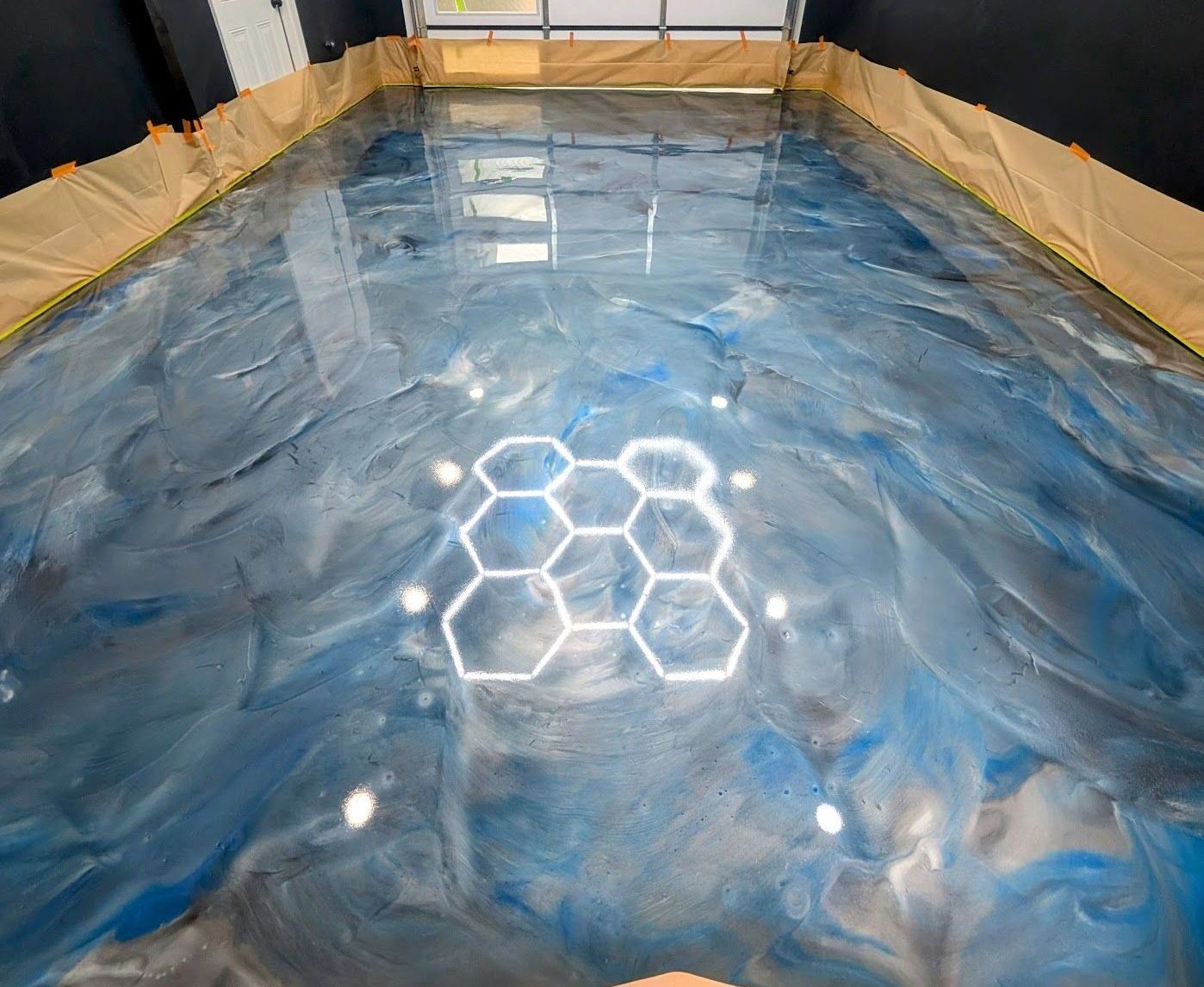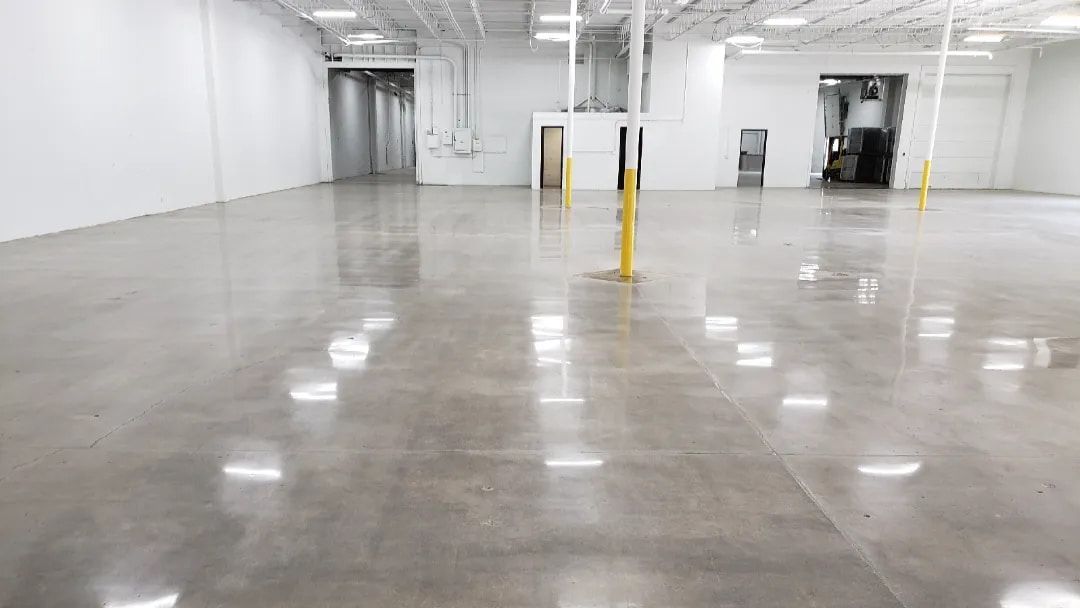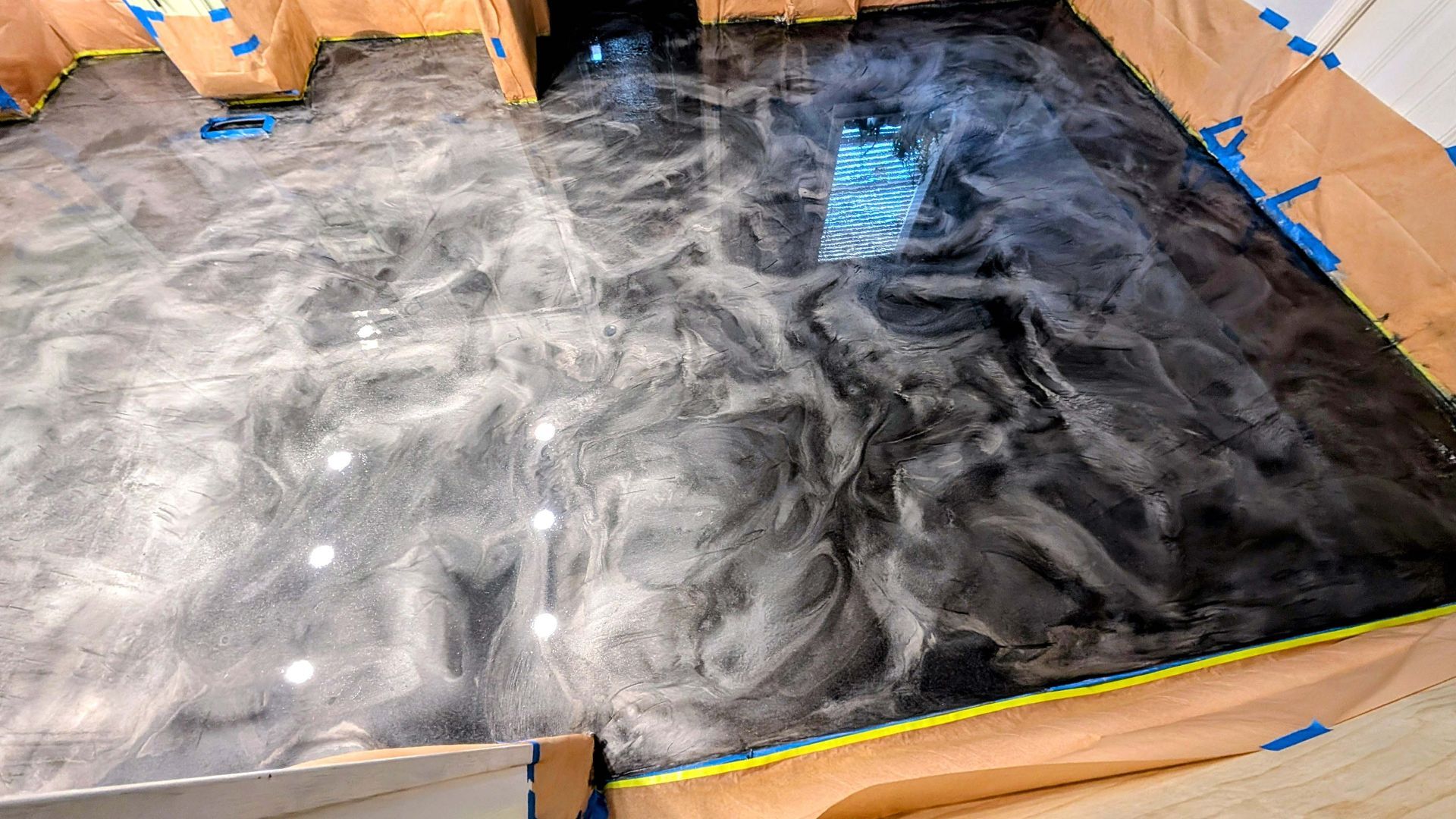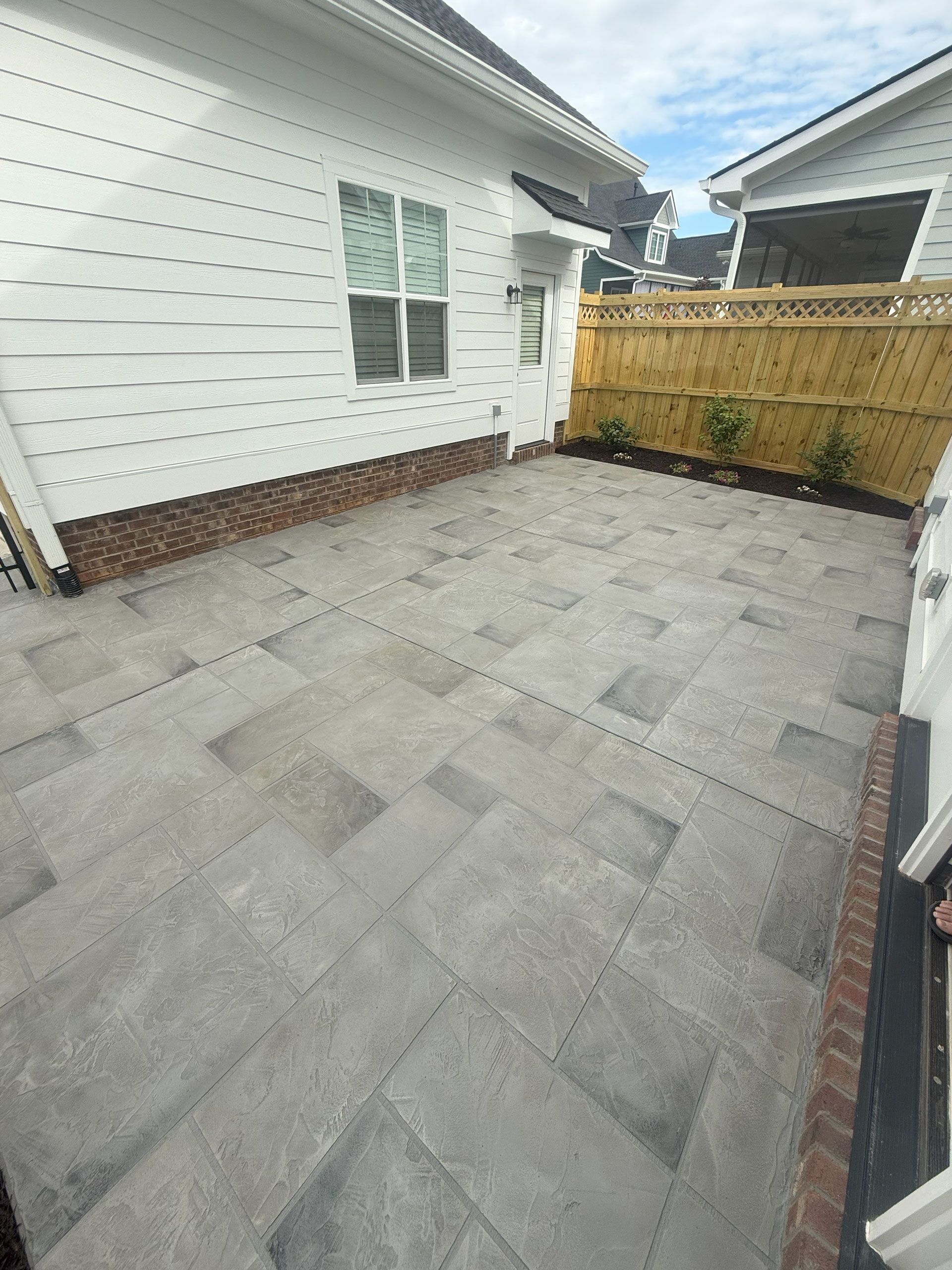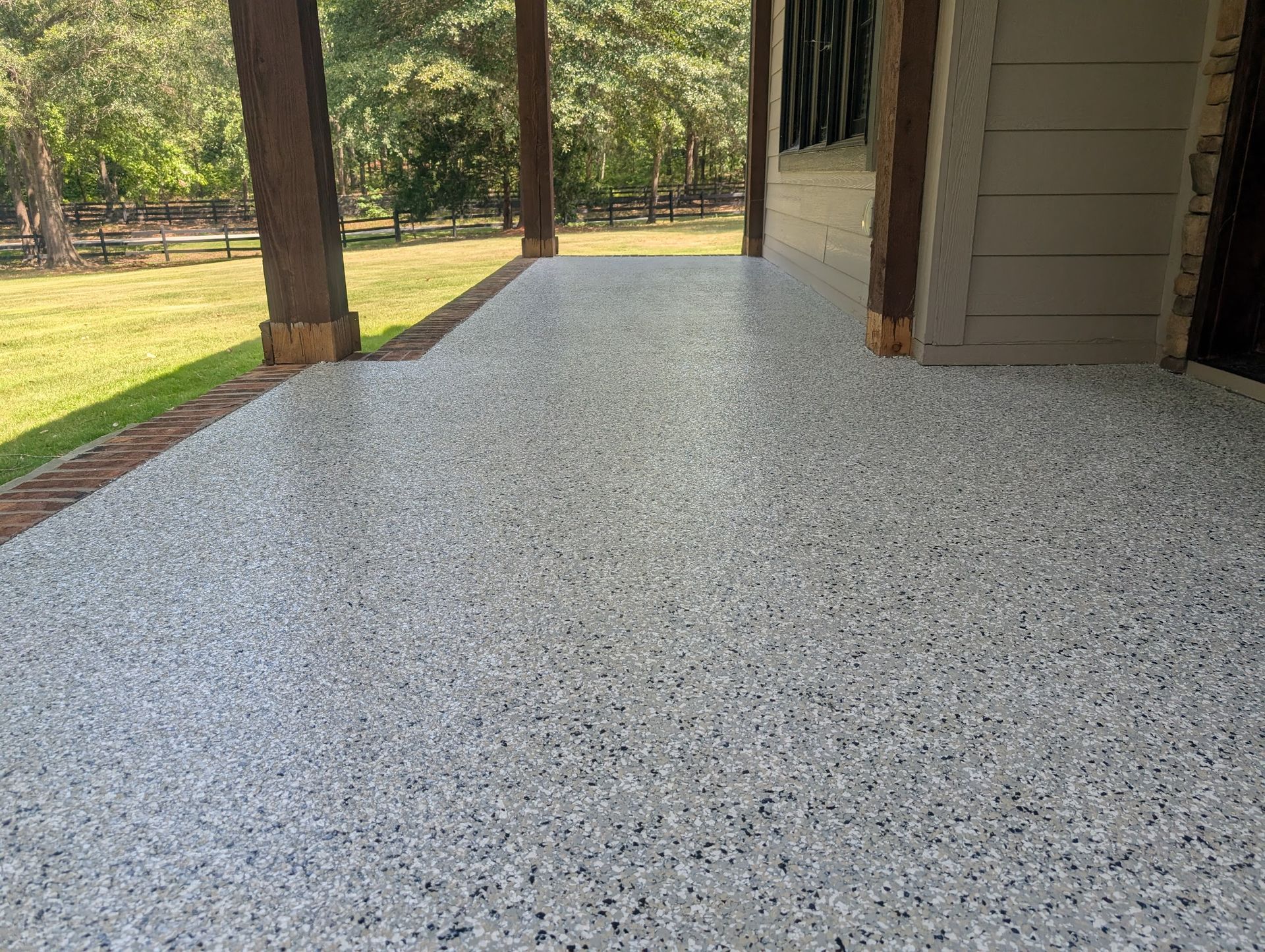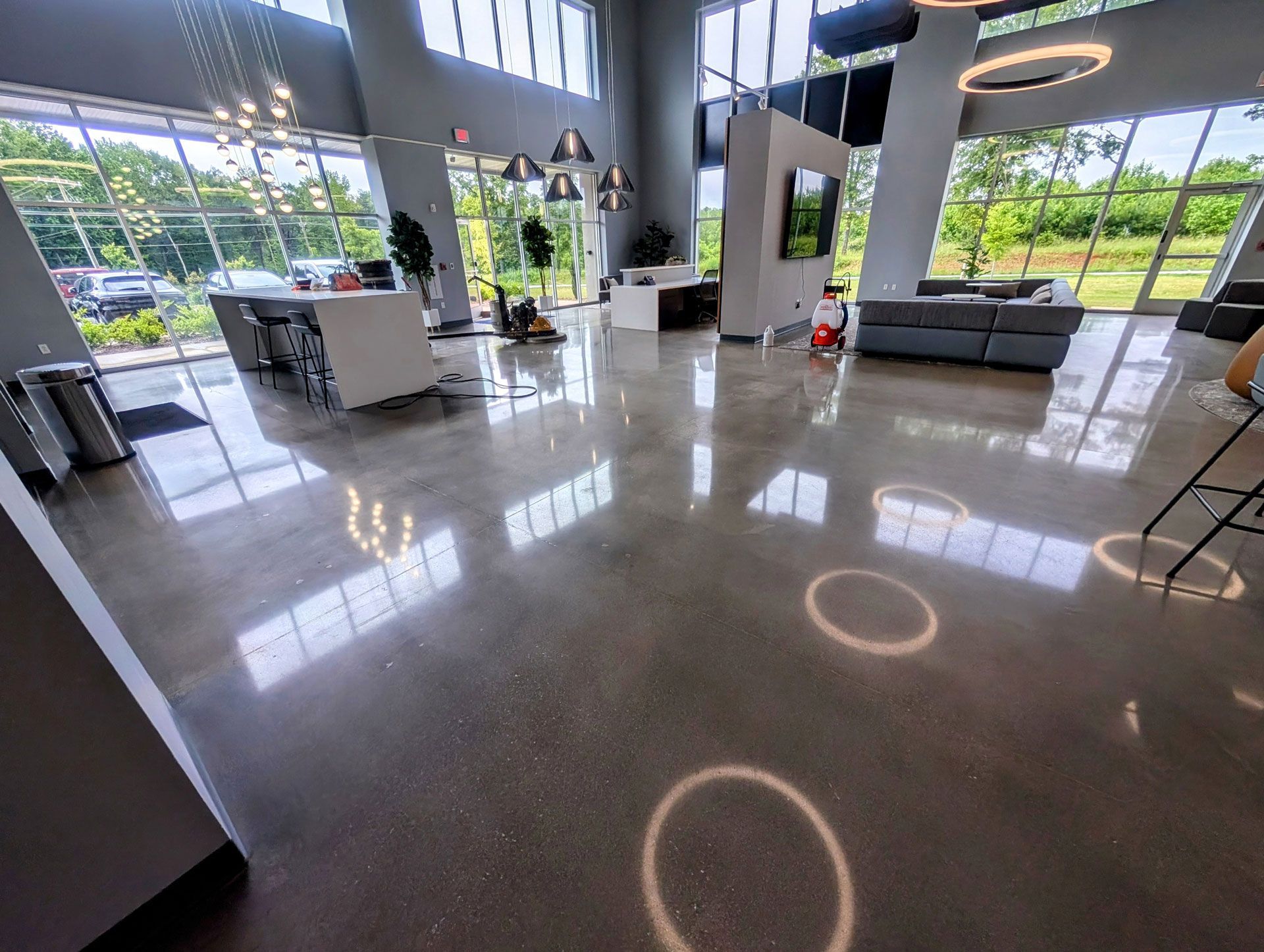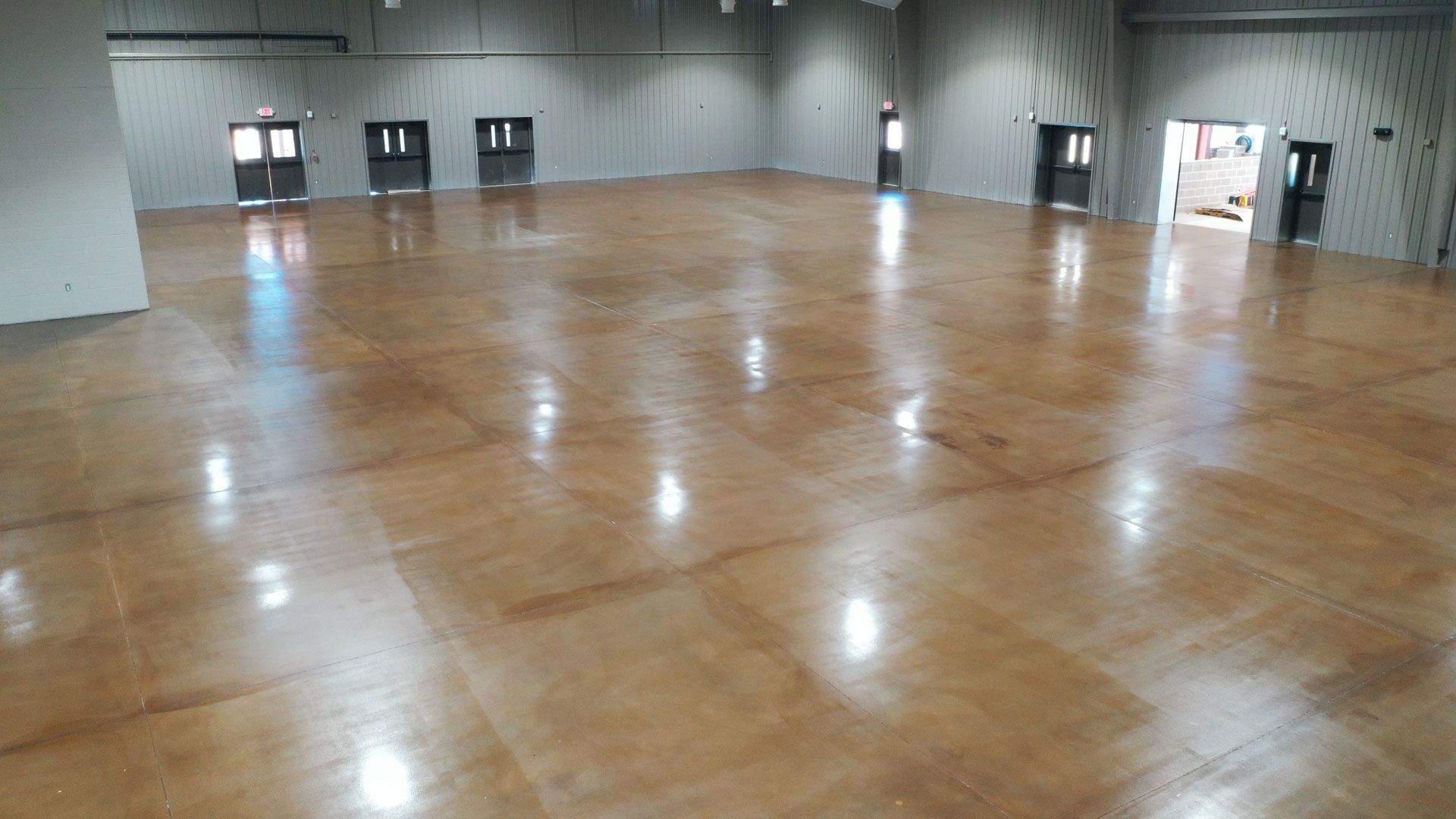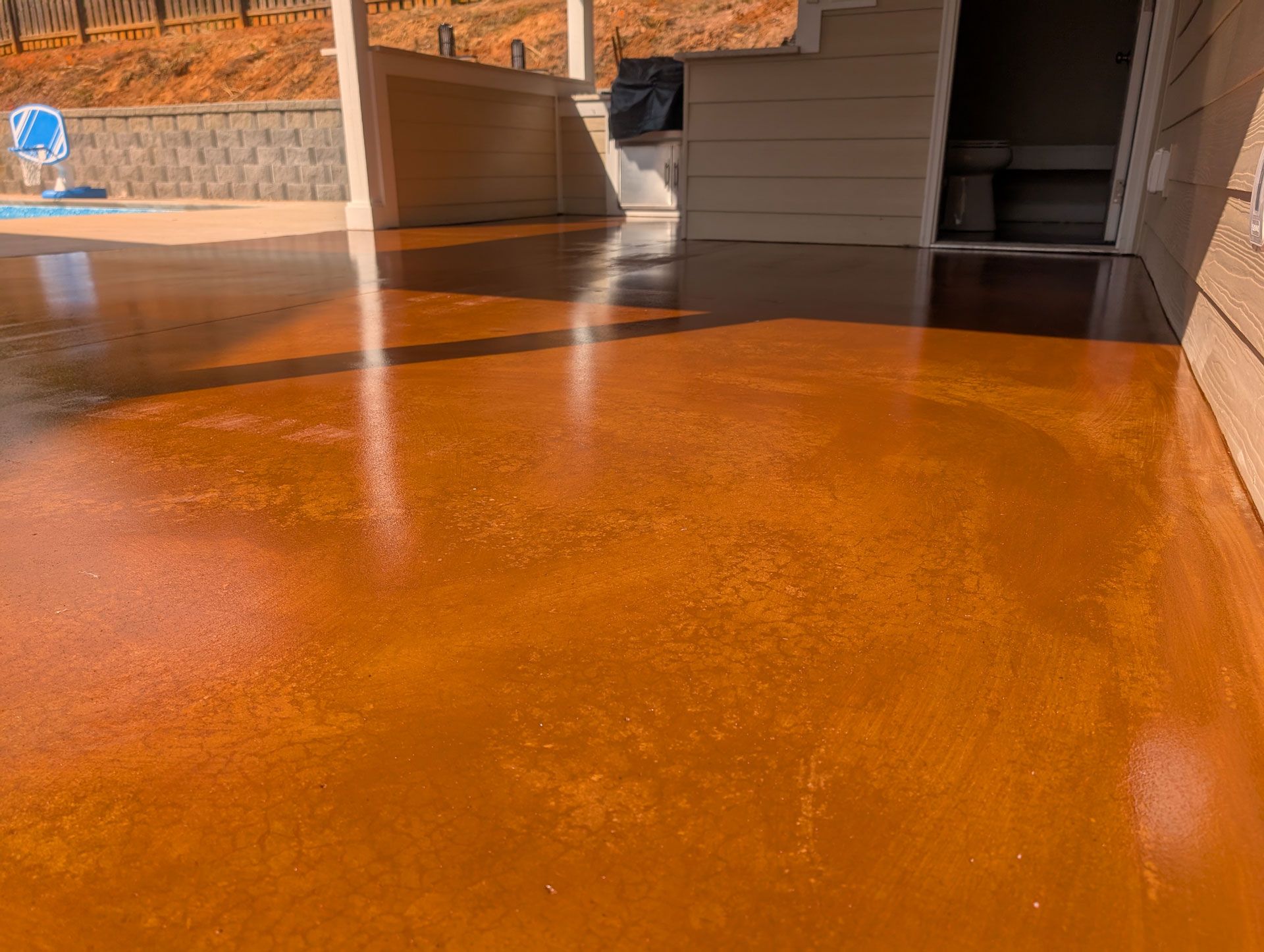Epoxy Flooring for Bathrooms: A Durable and Stylish Option For Businesses and Restaurants
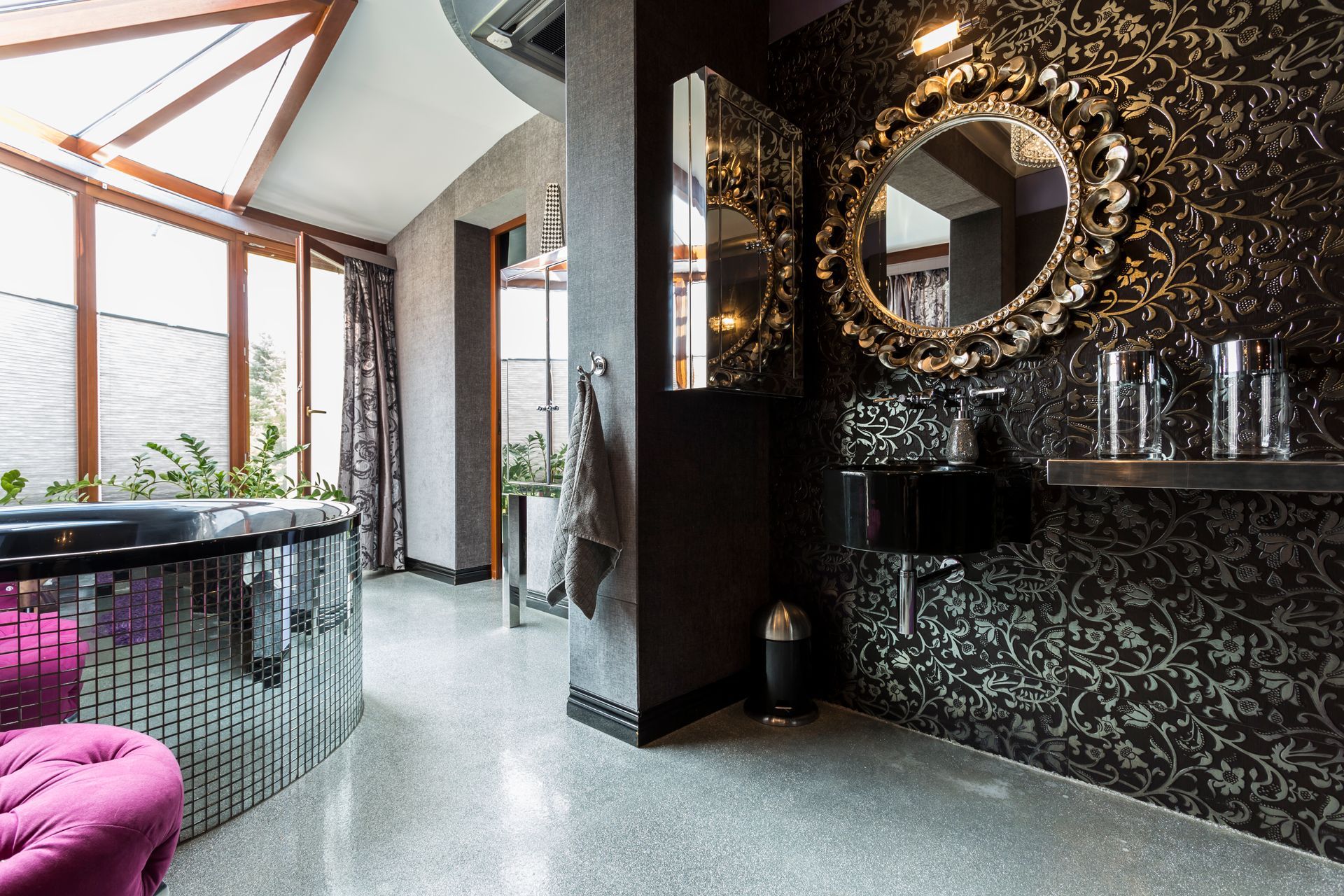
Epoxy flooring has emerged as a leading choice for bathroom renovations and new builds alike, offering a blend of durability, aesthetic appeal, and moisture resistance that is hard to beat. This comprehensive guide delves into the advantages of epoxy in bathroom settings, the installation process, maintenance tips, and design possibilities, providing business owners and designers with the insights needed to make informed decisions about this innovative epoxy for bathroom solution.
Introduction to Epoxy Flooring in Bathrooms
Epoxy flooring consists of a two-part system that includes a resin and a hardener. When mixed together, these components create a chemical reaction that results in a hard, durable finish. For bathrooms, epoxy offers a seamless surface that is both water-resistant and visually appealing, making it an excellent alternative to traditional tile, vinyl, or laminate flooring options. Epoxy is just one type of concrete coatings.
Advantages of Epoxy Flooring in Bathrooms
- Water Resistance: Epoxy creates a non-porous surface that is impervious to water, making it ideal for wet environments like bathrooms.
- Durability: This flooring option is resistant to scratches, dents, and stains, ensuring it can withstand the rigors of daily bathroom use.
- Ease of Maintenance: Epoxy floors are easy to clean and require minimal upkeep, needing only regular sweeping and mopping to maintain their appearance.
- Aesthetic Versatility: With a wide range of colors and patterns available, epoxy can be customized to fit any bathroom design, from minimalist modern to more traditional styles.
- Cost-Effectiveness: Although the initial cost may be higher than some alternatives, the long lifespan and low maintenance needs of epoxy flooring make it a cost-effective choice in the long term.
- Safety Options: Epoxy flooring can be finished with a non-slip coating, making it a safe option for bathroom use.
The Installation Process
Installing epoxy flooring in a bathroom requires precision and expertise. The process typically involves the following steps:
- Surface Preparation: The existing floor must be thoroughly cleaned and any cracks or uneven areas repaired. The surface is then roughened to ensure a strong bond with the epoxy.
- Priming: A primer is applied to the prepared surface to enhance the adhesion of the epoxy coating.
- Mixing the Epoxy: The resin and hardener are mixed according to the manufacturer's instructions, ensuring a consistent, high-quality finish.
- Application: The mixed epoxy is applied to the floor, often in multiple layers, including a base coat, color coat, and topcoat for added durability and aesthetics.
- Curing: The epoxy must cure fully before the floor can be used, a process that can take several days depending on the product and environmental conditions.
Maintenance and Care
Epoxy bathroom floors are remarkably easy to maintain, requiring just a few simple steps to keep them looking their best:
- Daily Cleaning: Sweep or vacuum regularly to remove dust and debris.
- Mopping: Use a damp mop with mild detergent to clean the floor, avoiding abrasive cleaners that can damage the epoxy surface.
- Spill Management: Clean up spills promptly to prevent slips and maintain the floor's appearance.
Design Possibilities with Epoxy Flooring
One of the most appealing aspects of bathroom epoxy flooring is its versatility in design. Homeowners can choose from a variety of finishes, including:
- Solid Colors: A single, solid color can create a sleek, modern look or a cozy, intimate atmosphere, depending on the hue.
- Metallic Epoxy: Metallic pigments can be added to epoxy to create a floor with depth and movement, mimicking the look of marble, granite, or other natural stones.
- Flakes and Glitters: Adding flakes or glitter to the epoxy mix can achieve a textured appearance, providing slip resistance and visual interest.
- Custom Designs: Epoxy allows for the incorporation of custom designs, logos, or patterns, making it possible to create a truly unique bathroom floor.
Conclusion
Epoxy flooring offers a practical and attractive solution for existing concrete floors in commercial bathrooms, combining the benefits of durability, water resistance, and aesthetic flexibility. Whether renovating an existing bathroom or building a new one, epoxy flooring provides a solid foundation that meets the demands of daily use while enhancing the overall design of the space.
By understanding the advantages, installation process, maintenance requirements, and design possibilities of epoxy flooring, business and restaurant owners can confidently choose this innovative flooring option for their bathrooms, ensuring a stylish and functional finish that will last for years to come.
